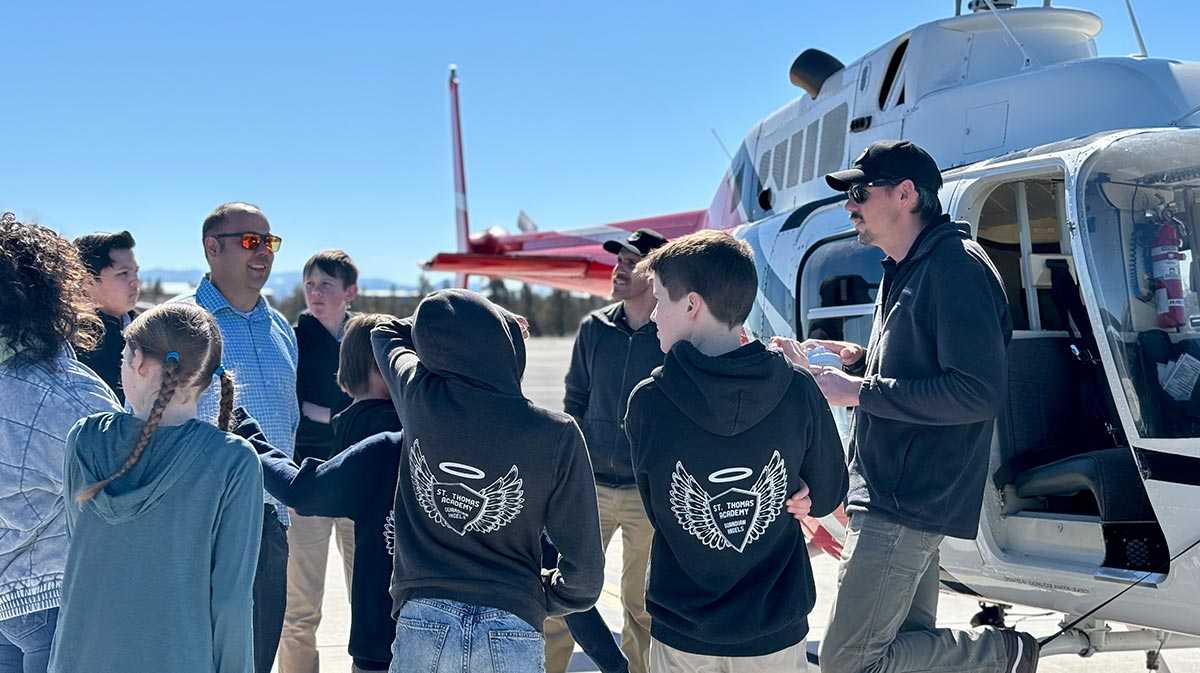
From Training to Giving Back: How Flight Students Can Prepare for a Volunteer Pilot Role
For many aspiring aviators at Leading Edge Flight Academy, the journey into the skies is about the freedom of flight and the potential to make a significant impact. Transitioning from a student pilot to a volunteer pilot offers a unique and rewarding opportunity to contribute to society. Below, we explore how helicopter pilots can prepare for a volunteer role, focusing on the essential certifications, flight experience, and organizations that facilitate these philanthropic missions.
Becoming a Volunteer Pilot: The Essentials
Flying as a volunteer requires both passion and a specific set of skills and certifications. Helicopter pilots, in particular, are in demand for their ability to operate in diverse environments, making them invaluable for medical transport, disaster relief, and humanitarian missions. Here are the steps to prepare for such a role:
Gain the Right Certifications
The first step is obtaining the necessary pilot certifications. For helicopter pilots, this typically begins with a private pilot license (PPL-H), followed by further training and certifications such as the Commercial Pilot License (CPL-H) and potentially an Instrument Rating (IR). These qualifications ensure that pilots have the skills and knowledge required for the varied and sometimes challenging conditions faced during volunteer missions.
Accumulate Flight Hours
Experience is crucial in the world of aviation. Many organizations that coordinate volunteer efforts have minimum flight hour requirements to ensure safety and competence. Building hours through training, instructor roles, or other flying jobs is essential. For those aiming for volunteer work, focusing on scenarios that mimic humanitarian or emergency relief flights can be particularly beneficial.
Connect with Volunteer Organizations
Numerous organizations facilitate operations, specifically for helicopter pilots looking to contribute their skills. Doing research and connecting with these groups early in one’s training can provide insight into the specific requirements and prepare pilots for the types of missions they could be flying. These organizations often offer support, training, and resources to help pilots transition into volunteer roles effectively.
The Role of a Volunteer
As a volunteer pilot, the mission profiles can vary greatly but often include:
- Medical Transport: Providing quick transportation for patients requiring urgent medical attention, especially in remote areas.
- Disaster Relief: Offering support in natural disasters by delivering supplies, transporting rescue personnel, or conducting reconnaissance flights.
- Humanitarian Missions: Flying missions to deliver food, water, and essential goods to areas in need, often in response to crises or in underdeveloped regions.
Preparing for such missions involves not only technical flight training but also learning about navigation, communication, and coordination skills specific to emergency and relief operations.
Preparing Early: A Roadmap for Students
- Focus on Skill Development: During training, emphasize mastering the helicopter’s capabilities and handling, especially under adverse conditions.
- Seek Diverse Experiences: Exposure to various flying conditions and environments can prepare you for the unpredictability of volunteer missions.
- Volunteer Locally: Engaging in community service or local volunteer opportunities, even non-flying roles, can offer insights into the logistics and teamwork required for successful humanitarian missions.
- Network with Experienced Pilots: Joining forums, attending conferences, or participating in webinars can provide valuable connections and advice from pilots already active in volunteer roles.
A Path of Service Through Aviation
For those at LEFA, the journey from student pilot to volunteer pilot is a fulfilling path. It melds the technical prowess acquired through rigorous training with the innate desire to make a difference. By focusing on the necessary certifications, aviators can lay the groundwork for a future where they fly for a cause.


